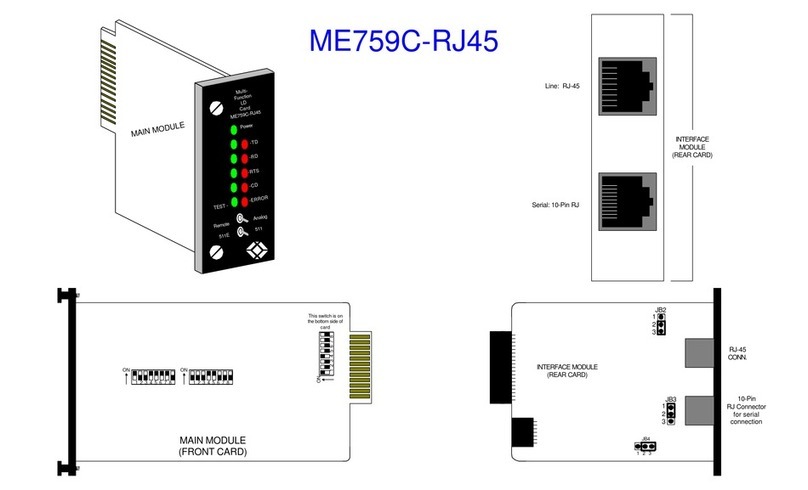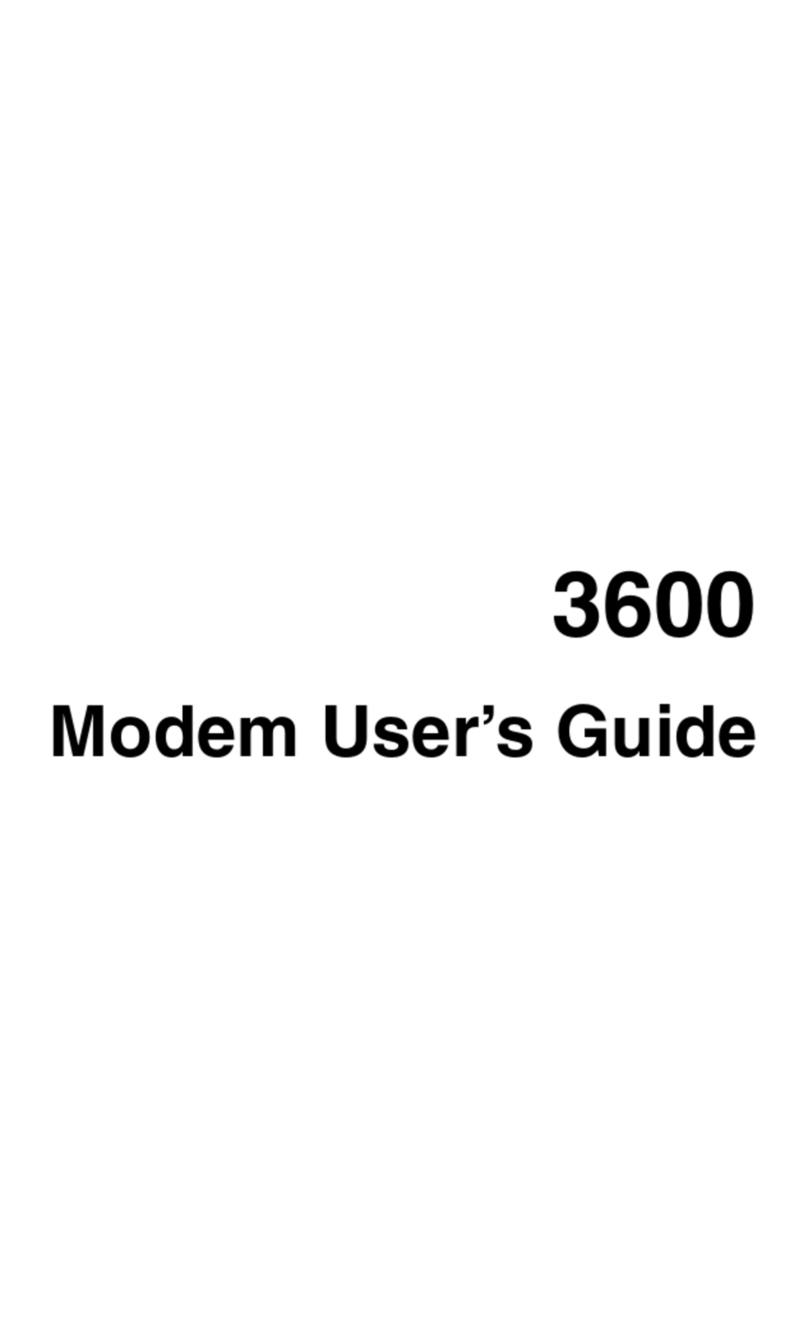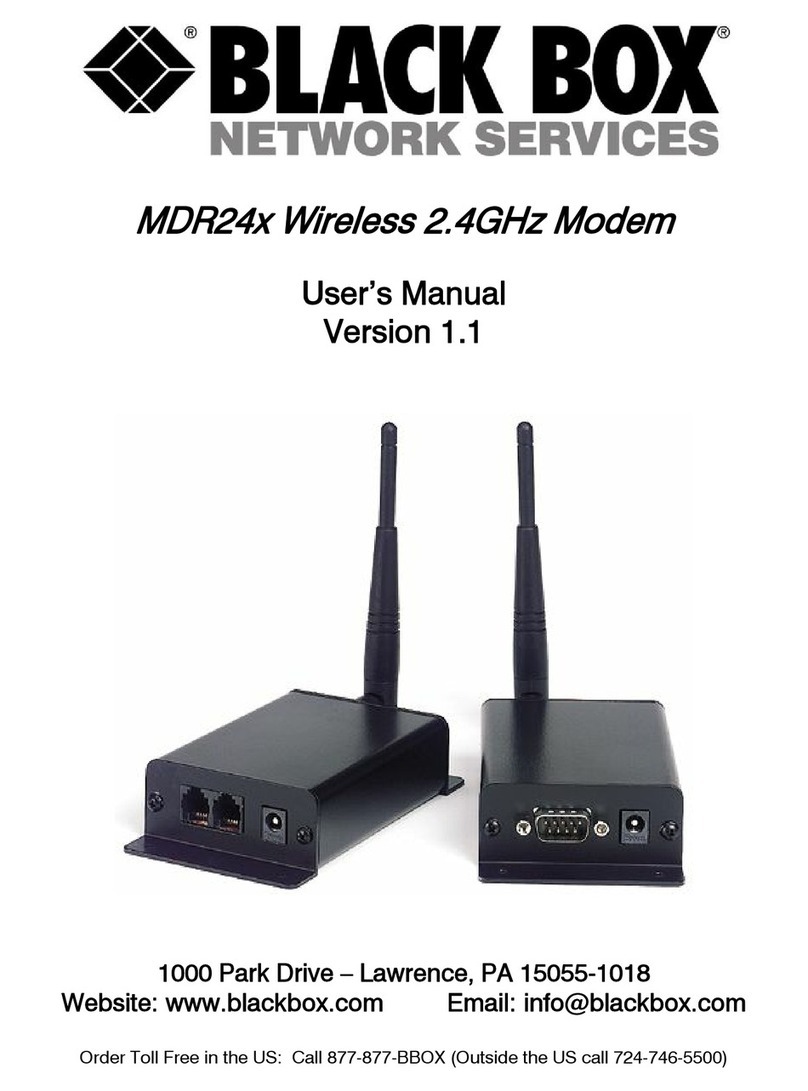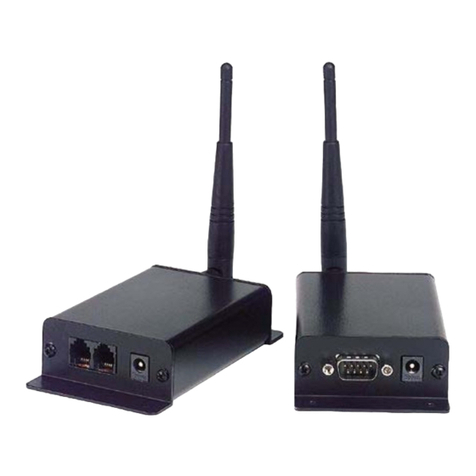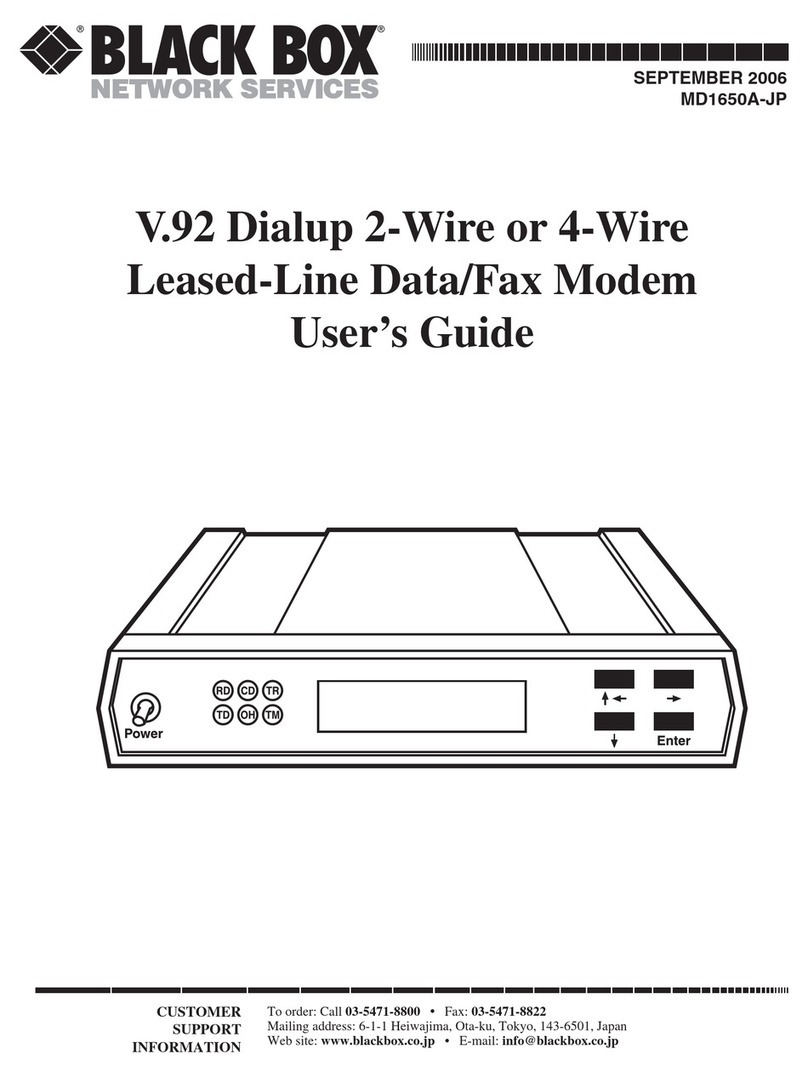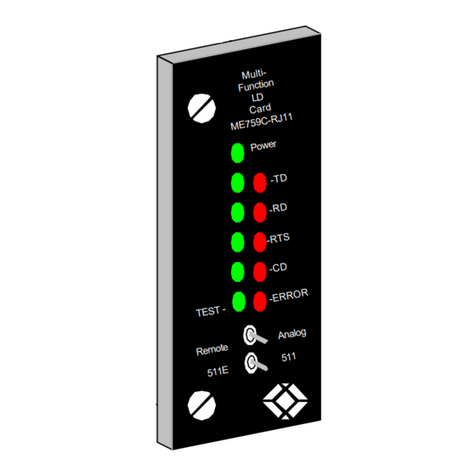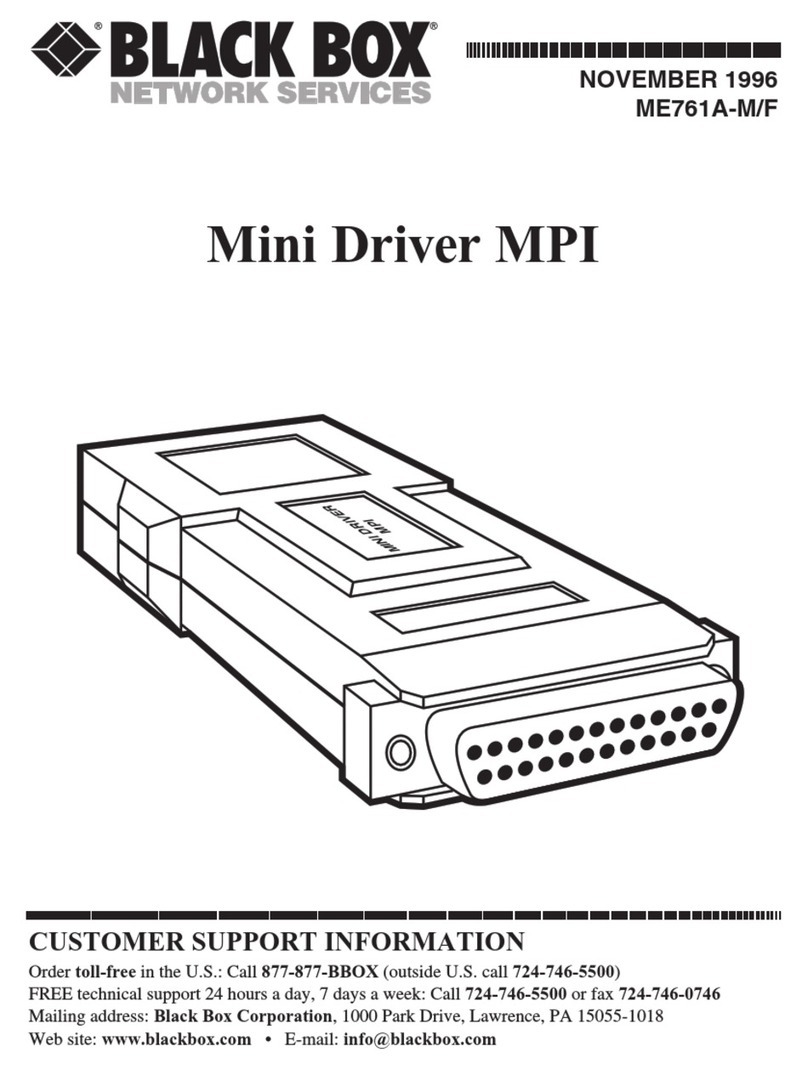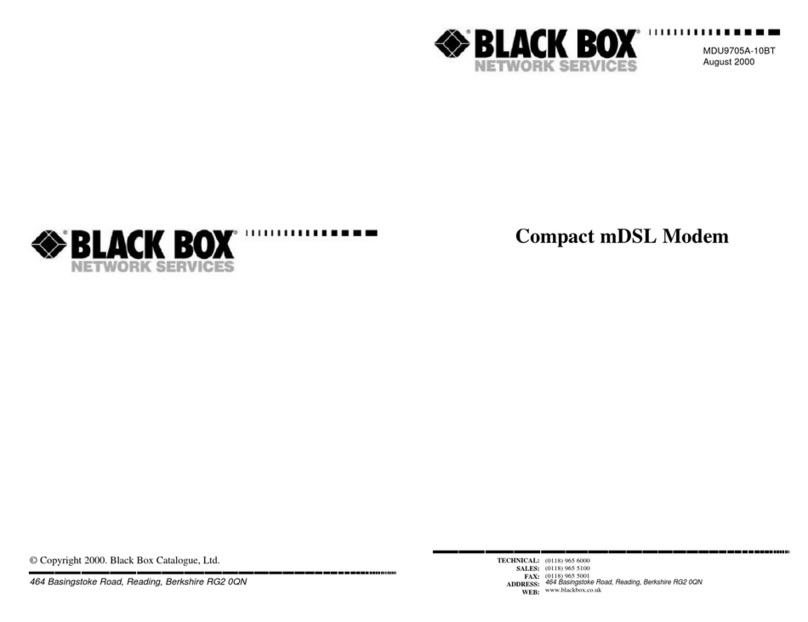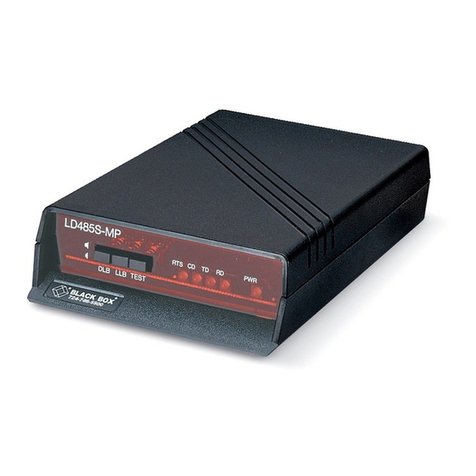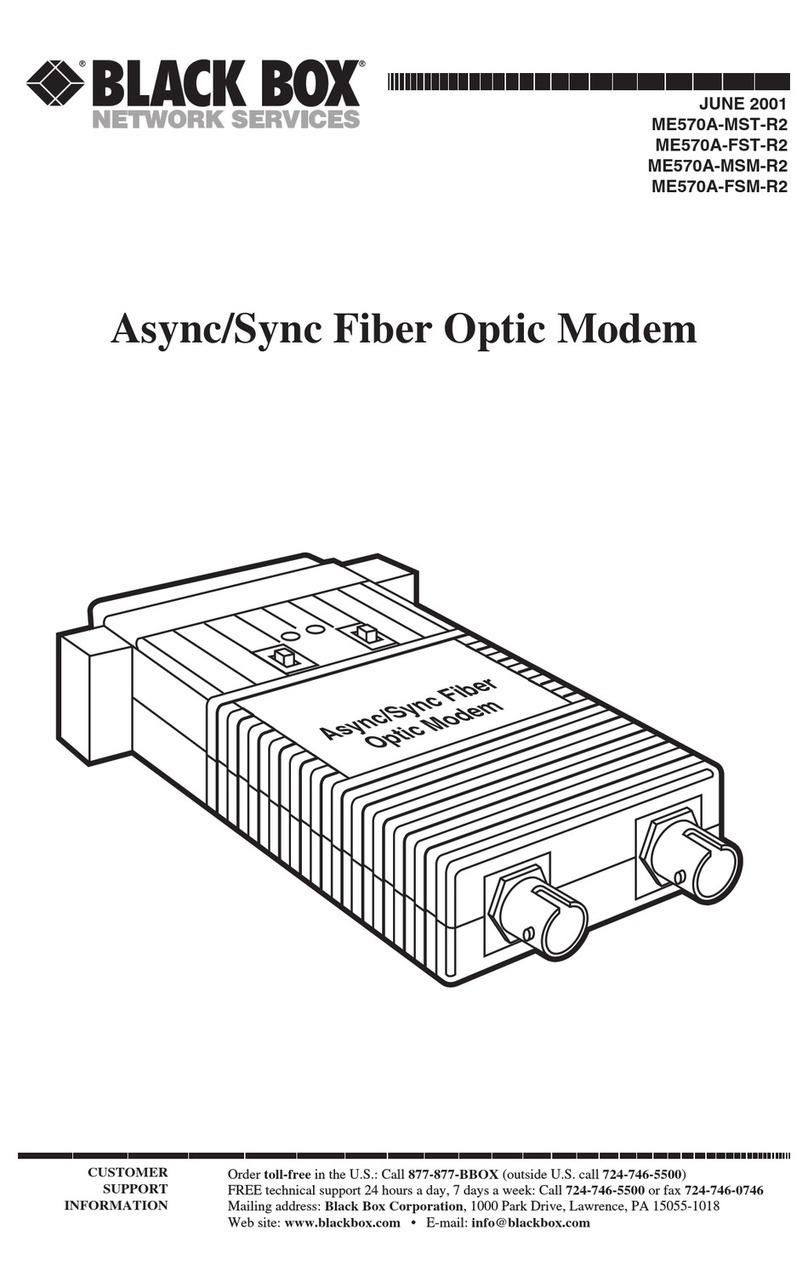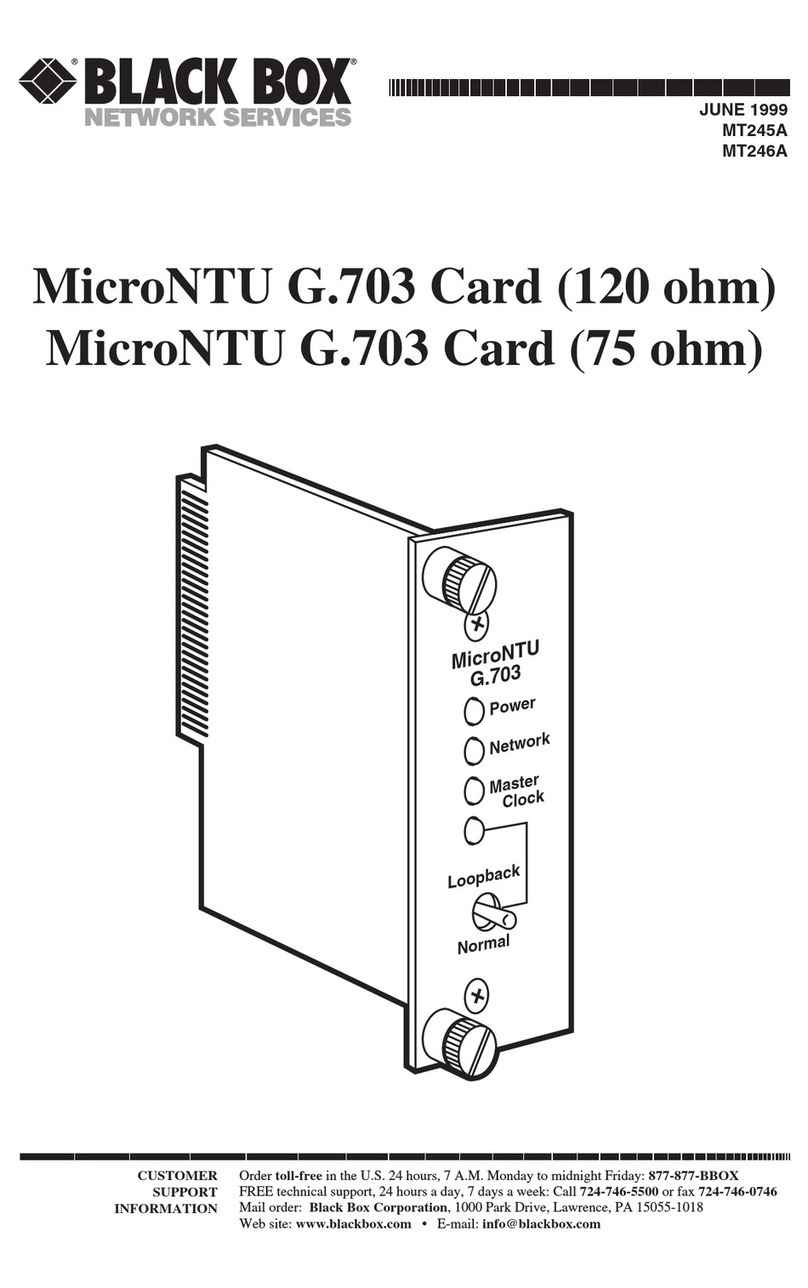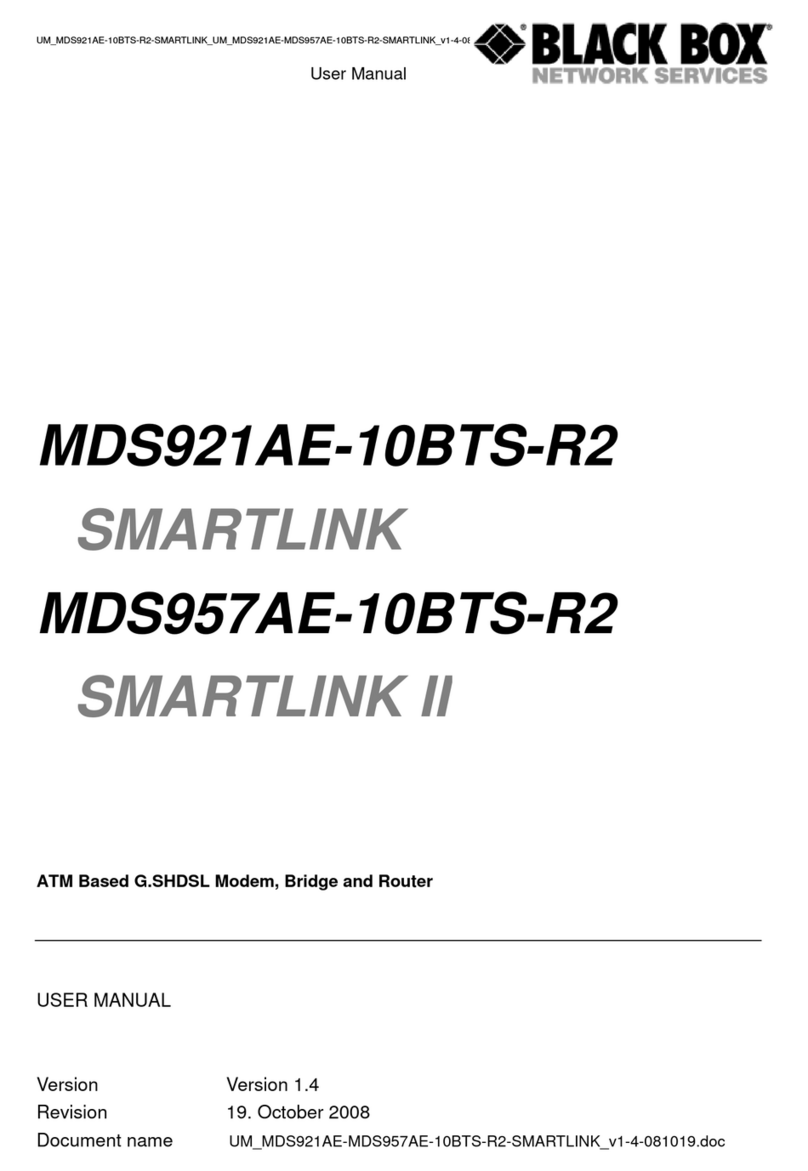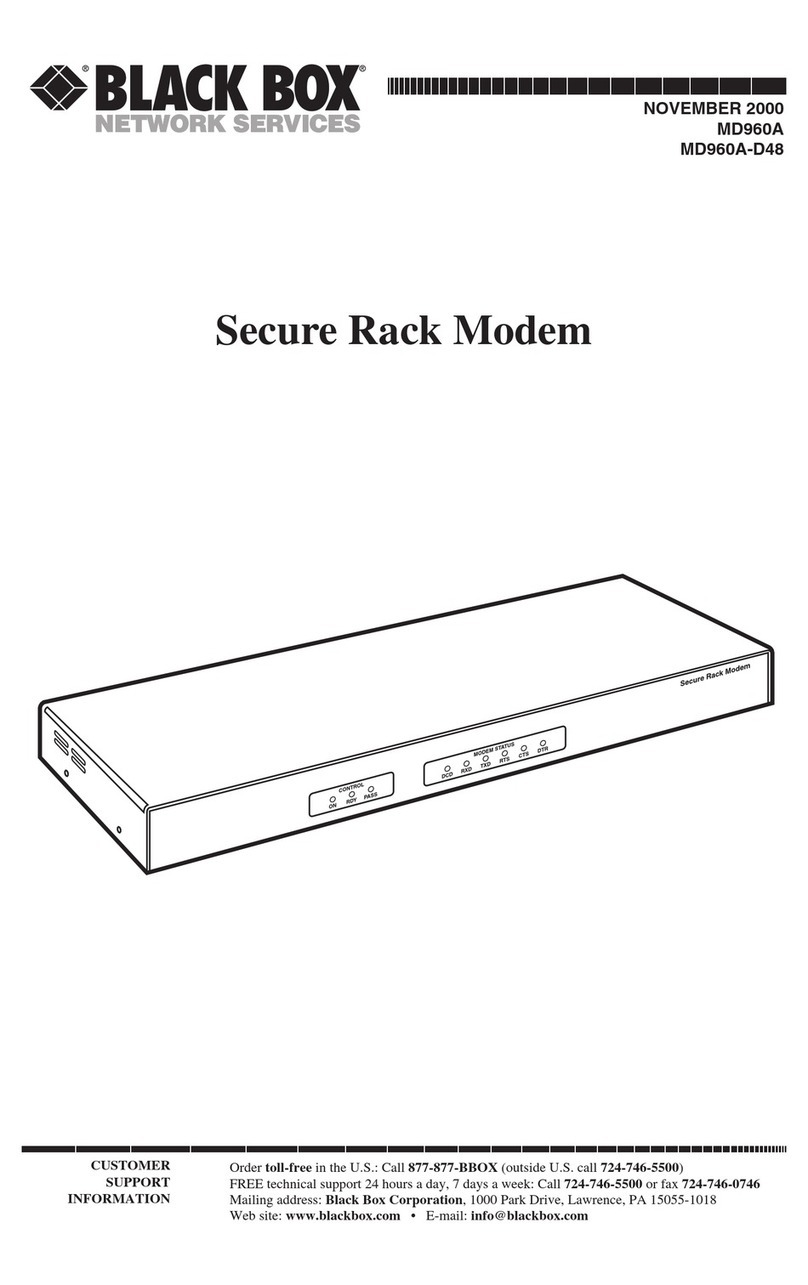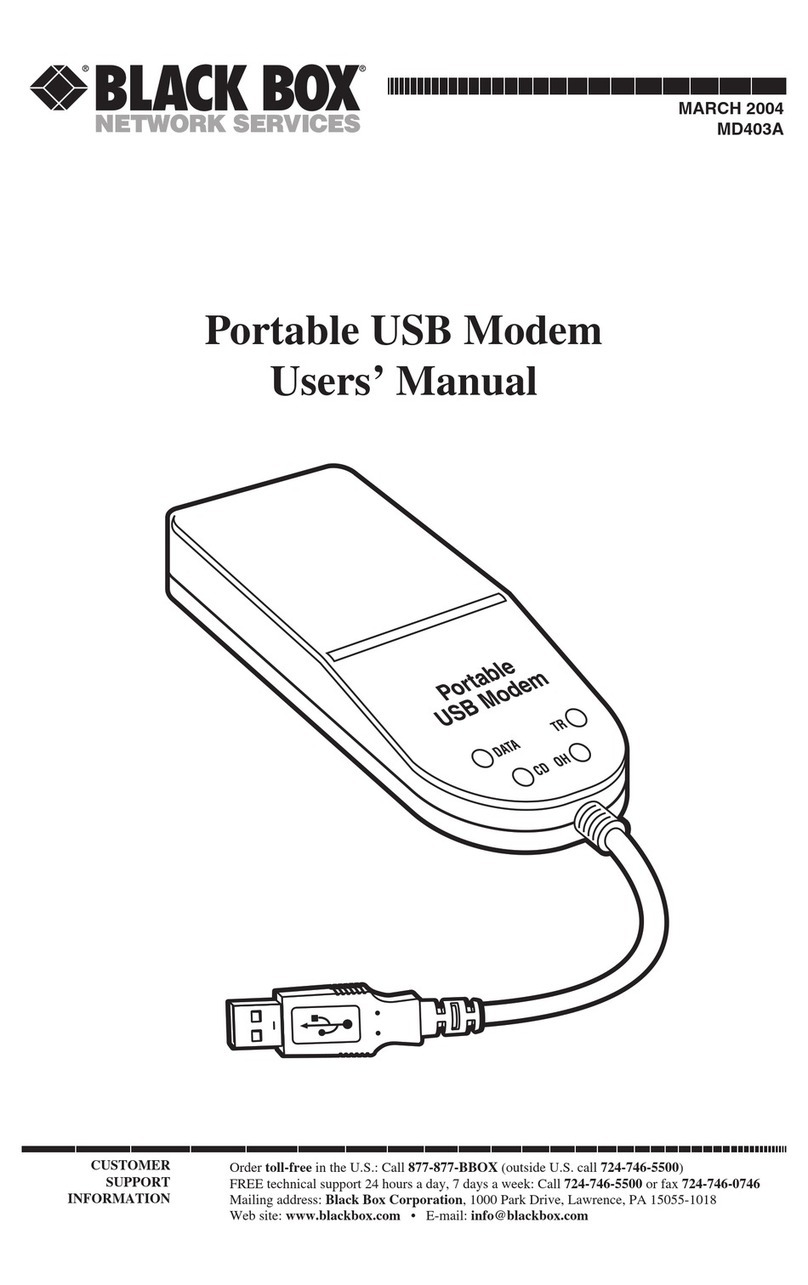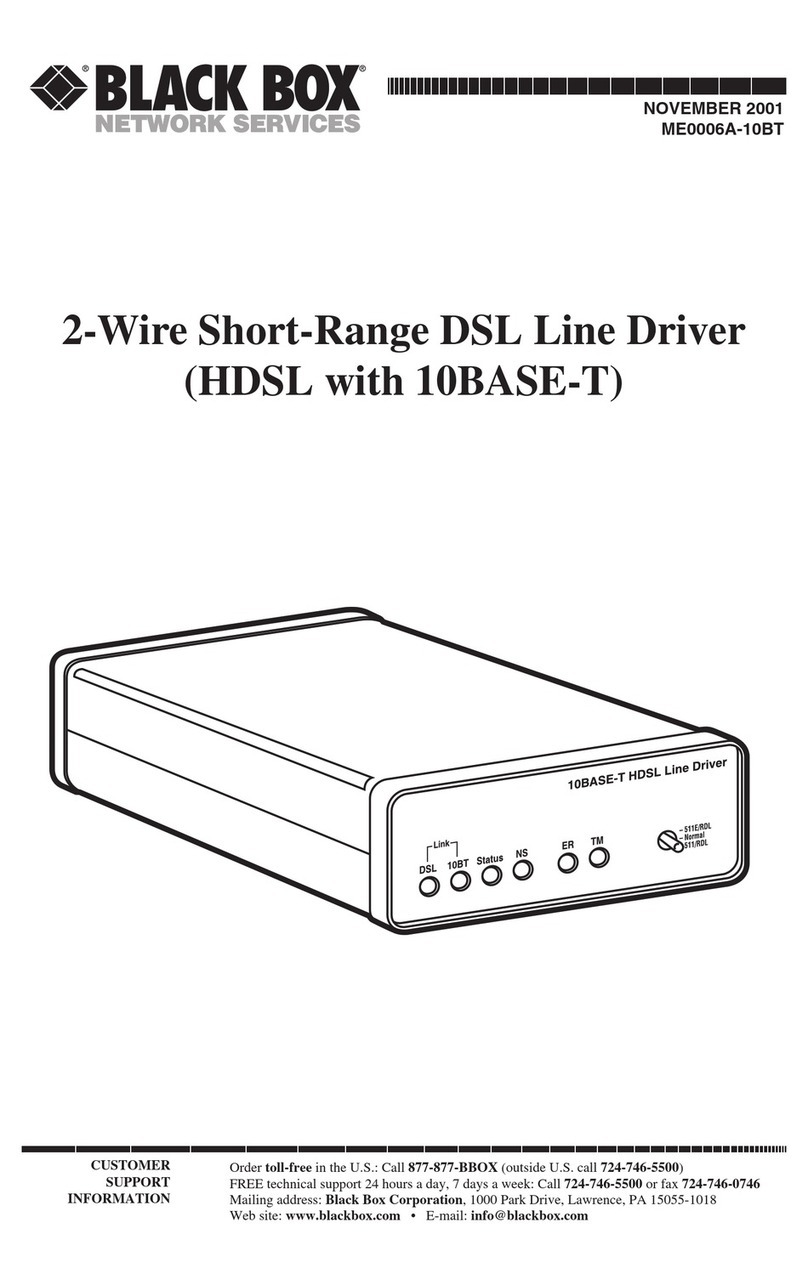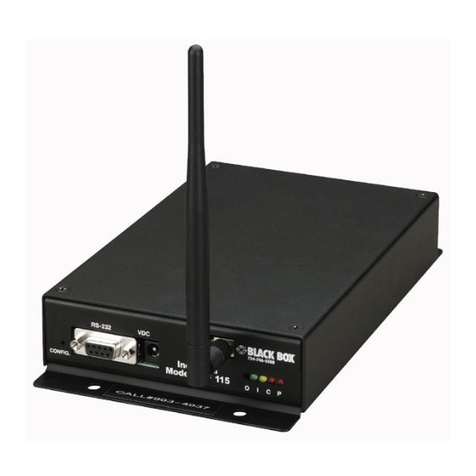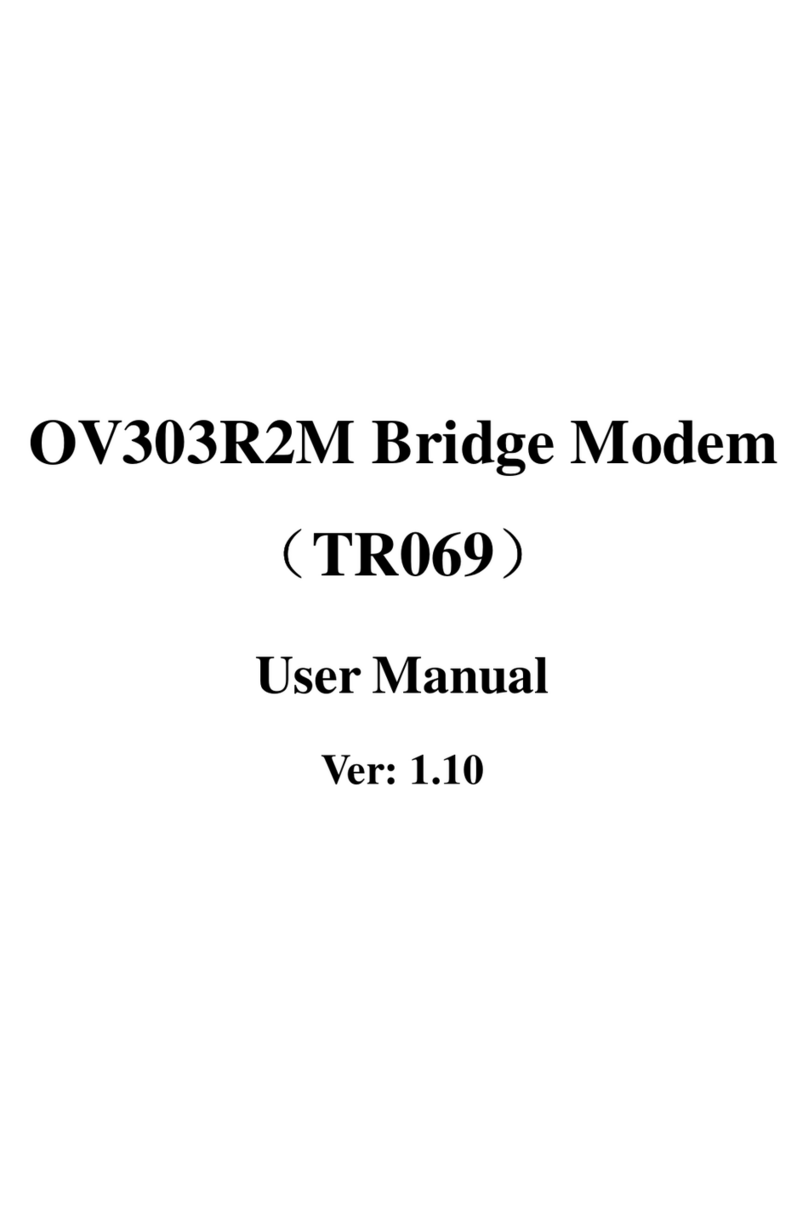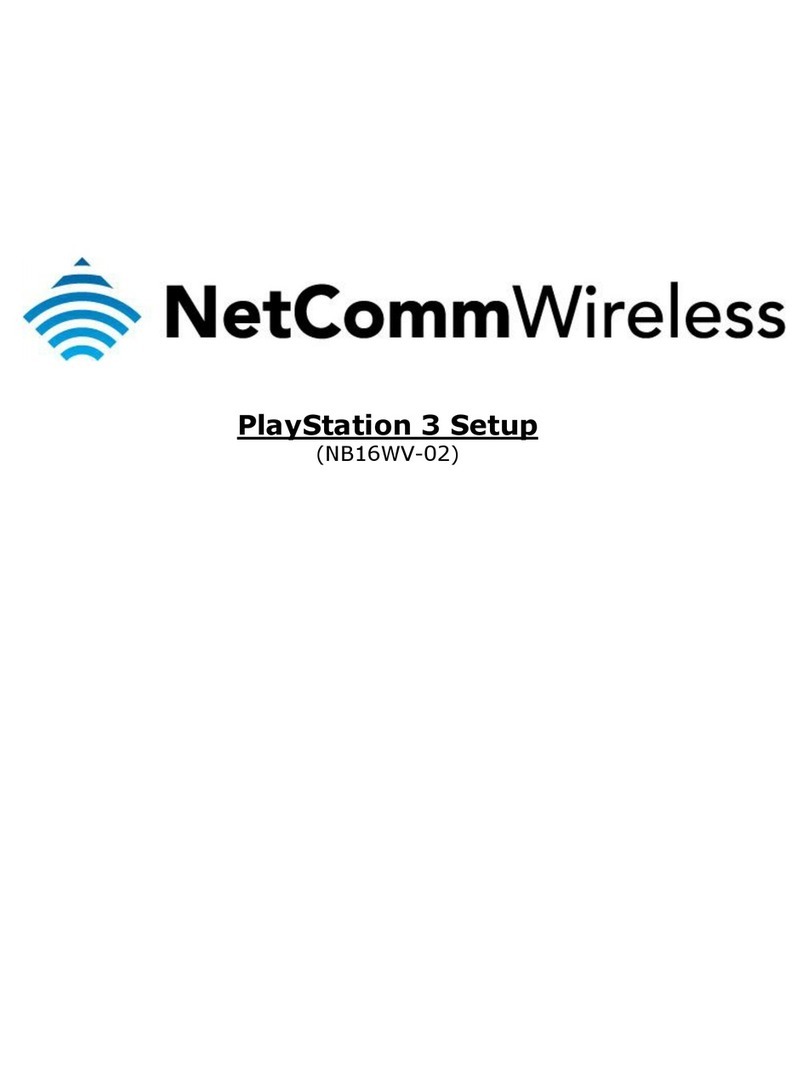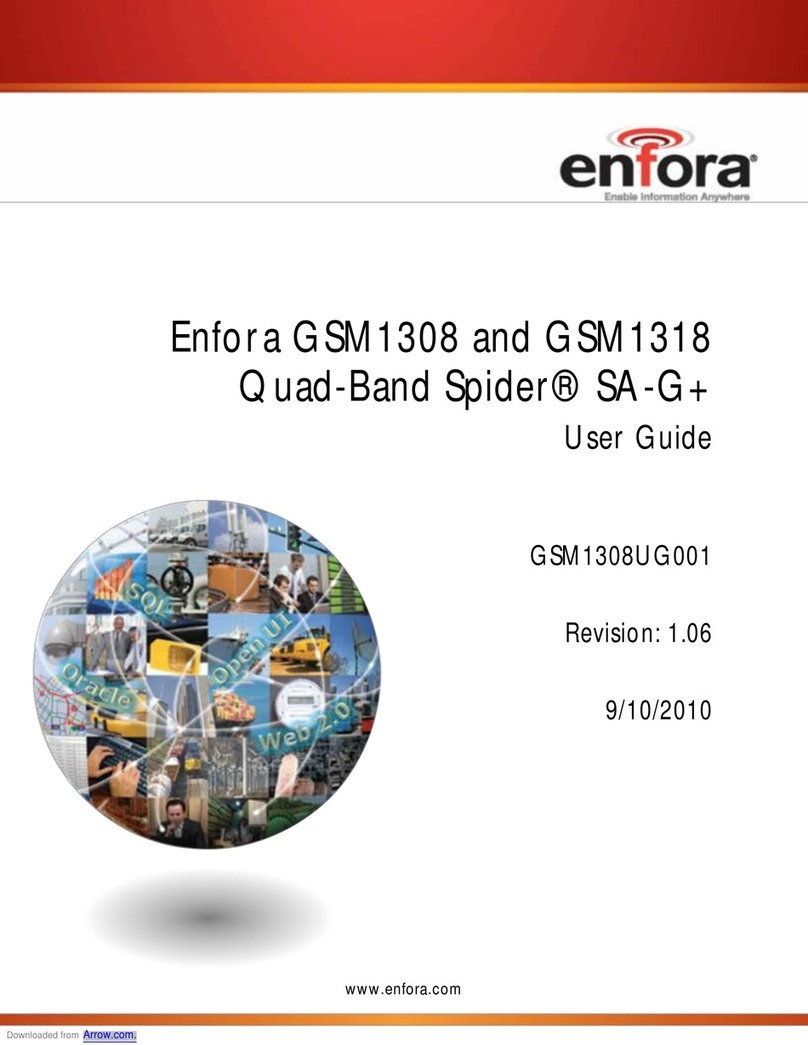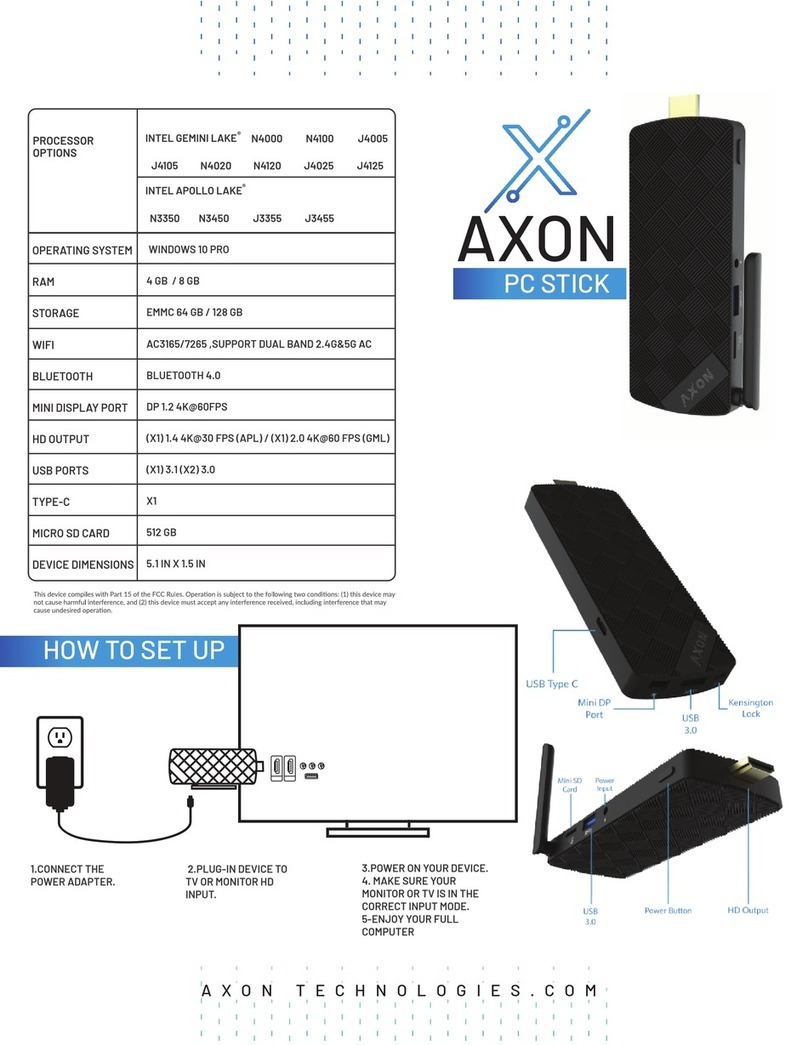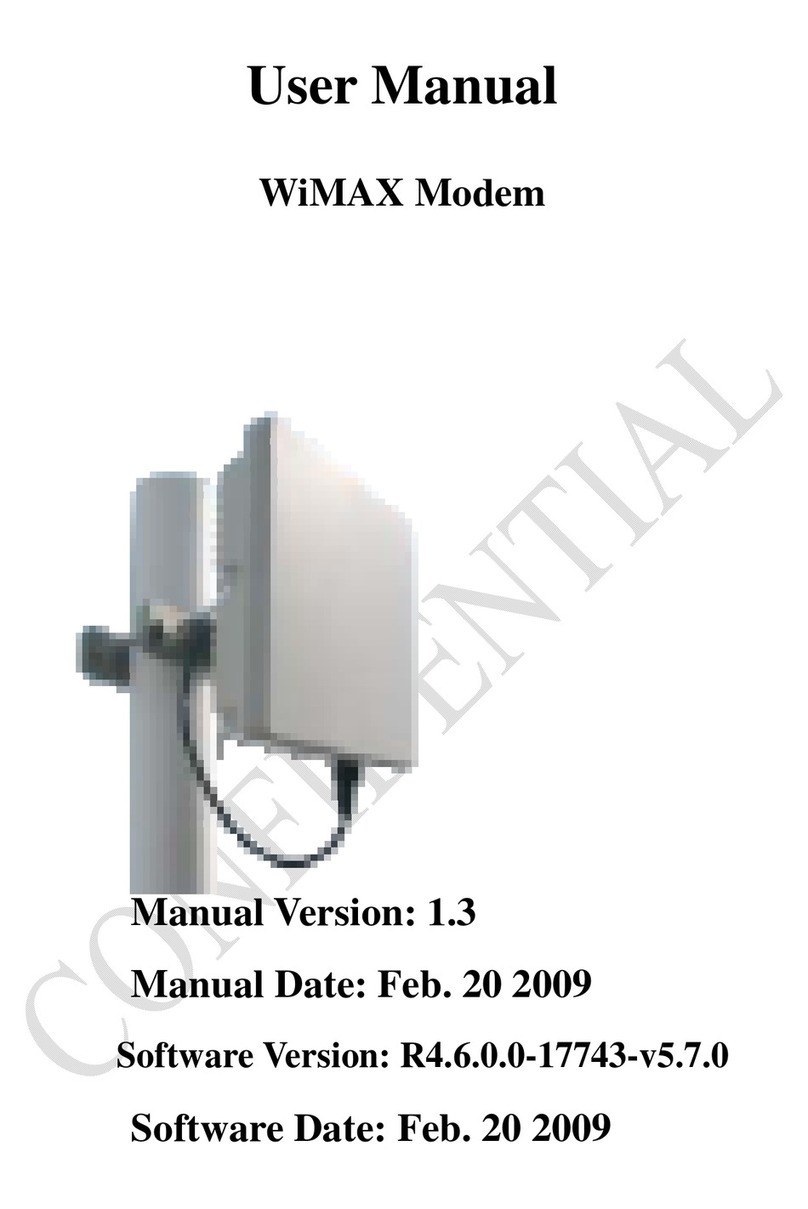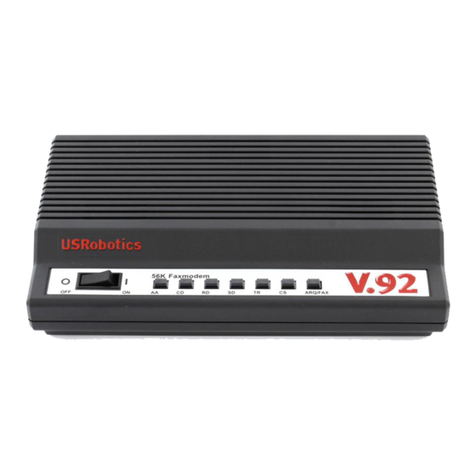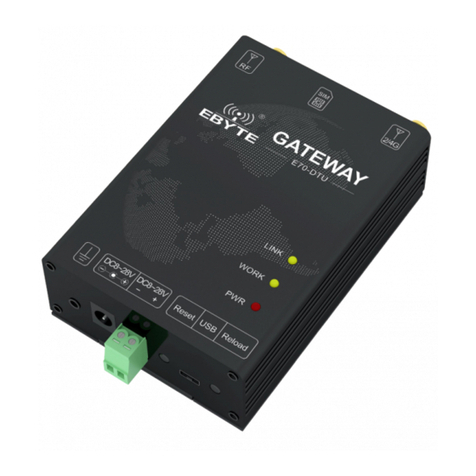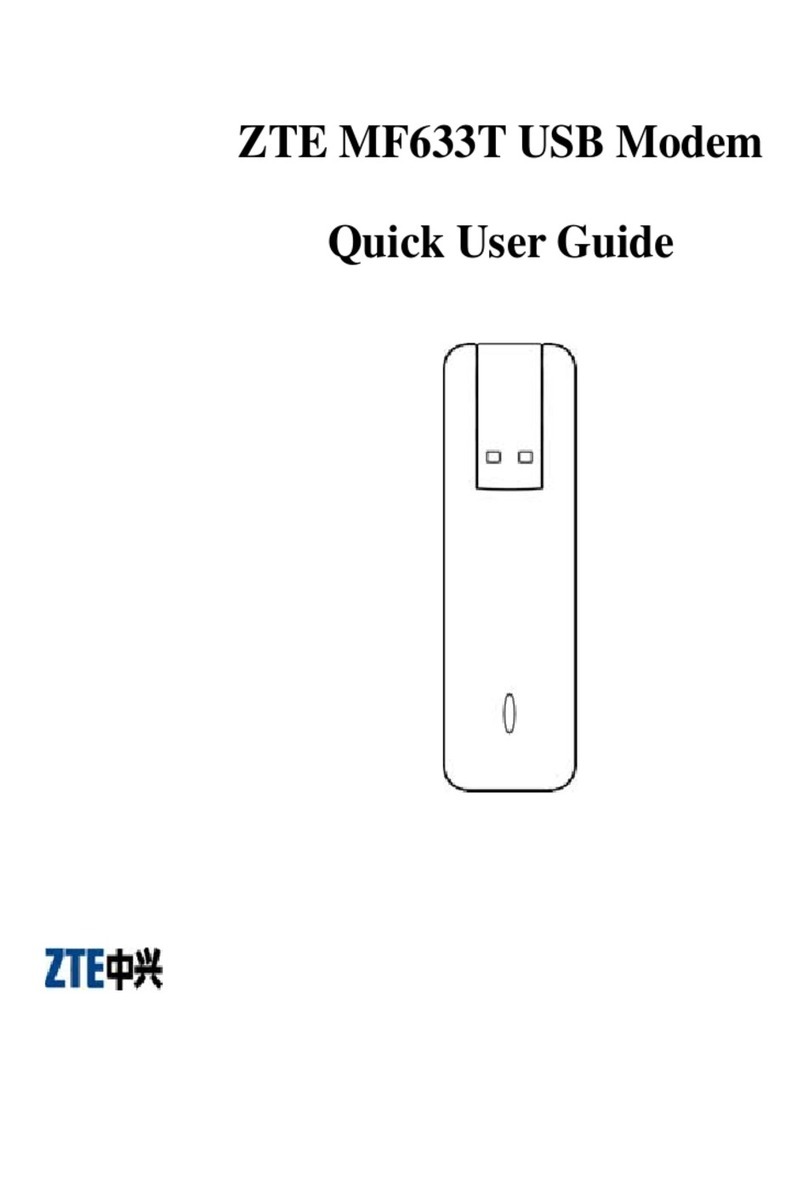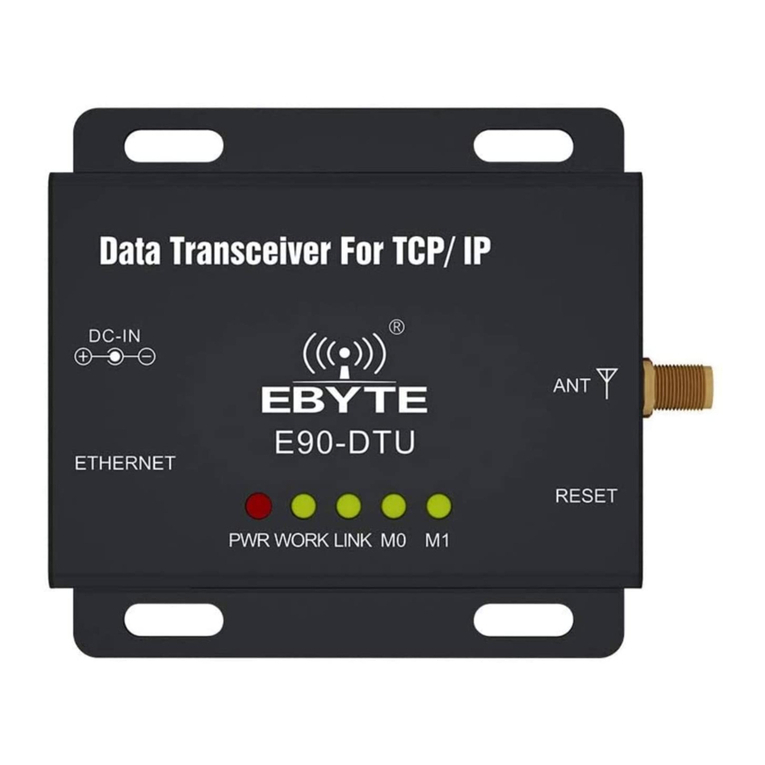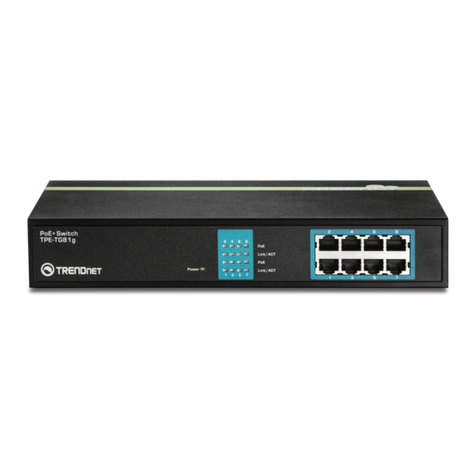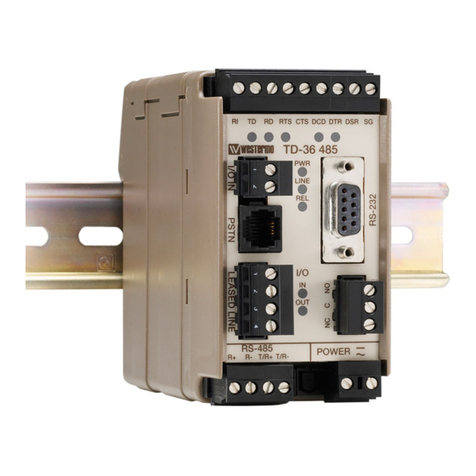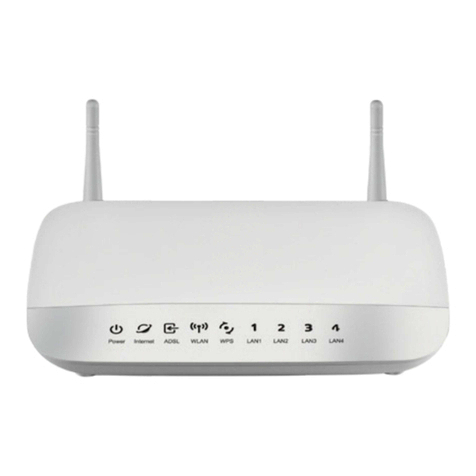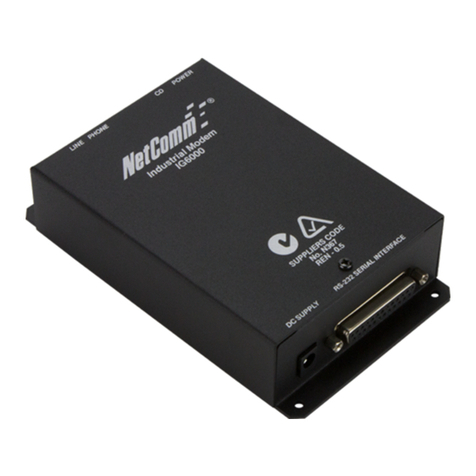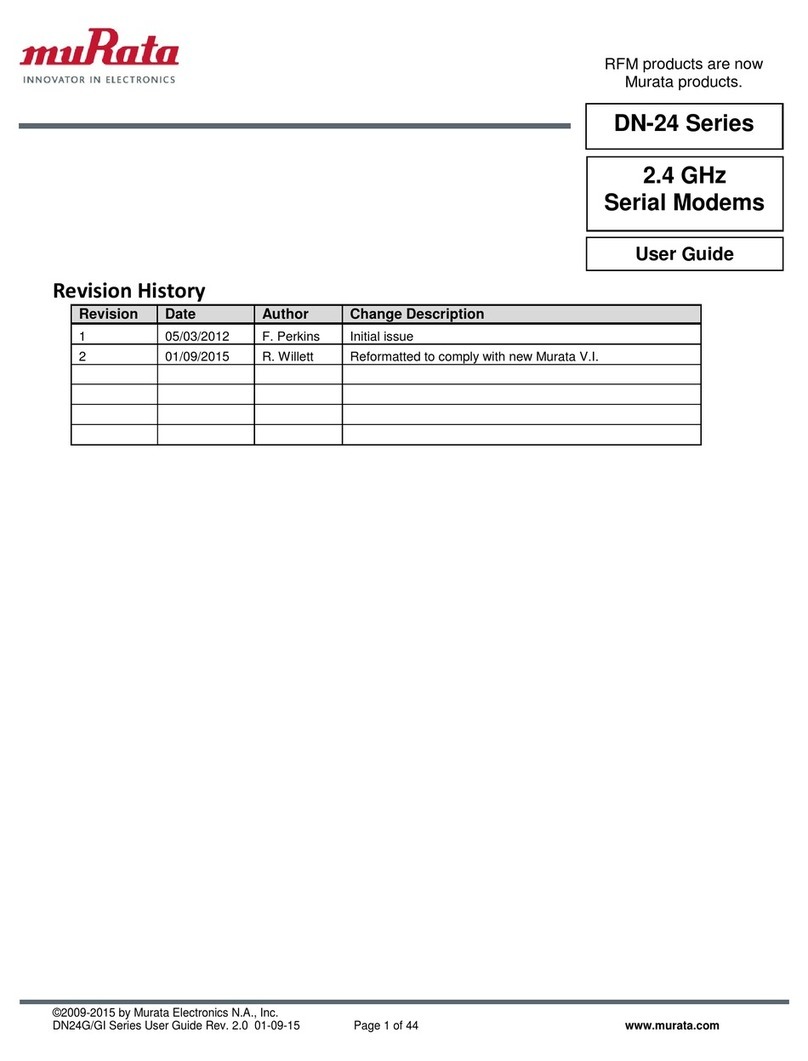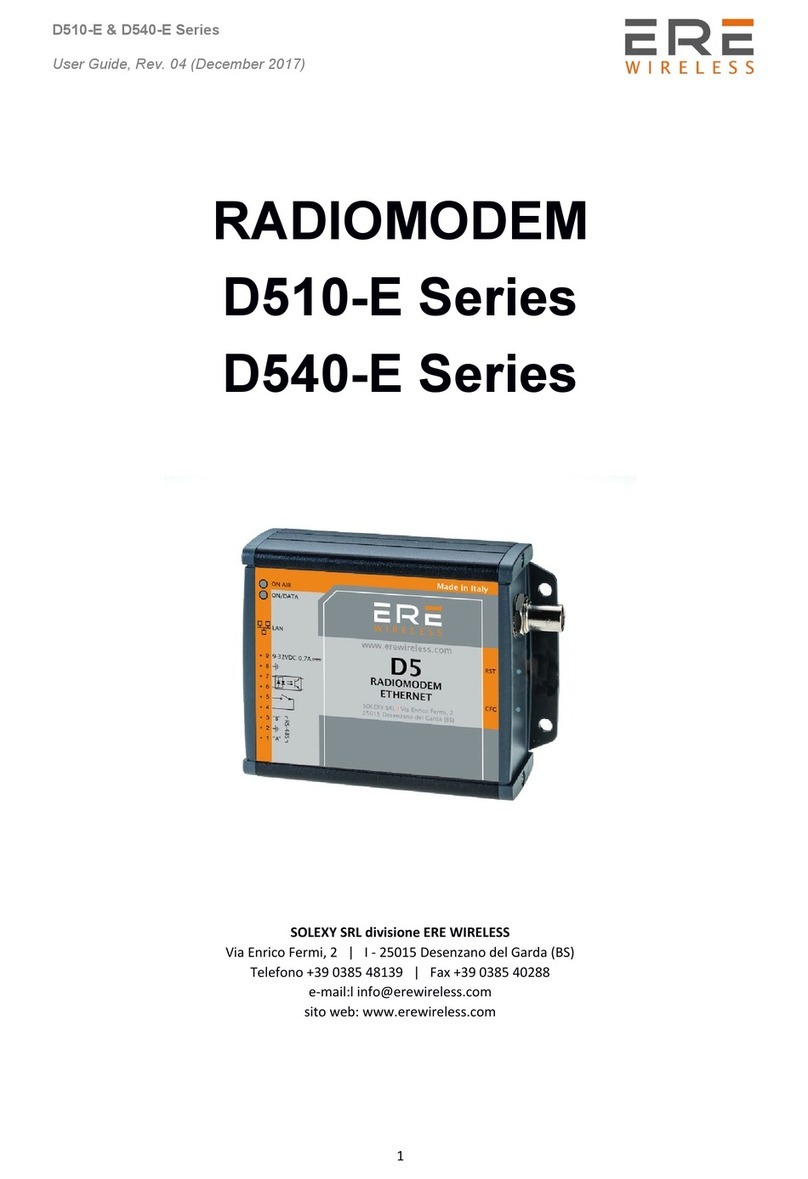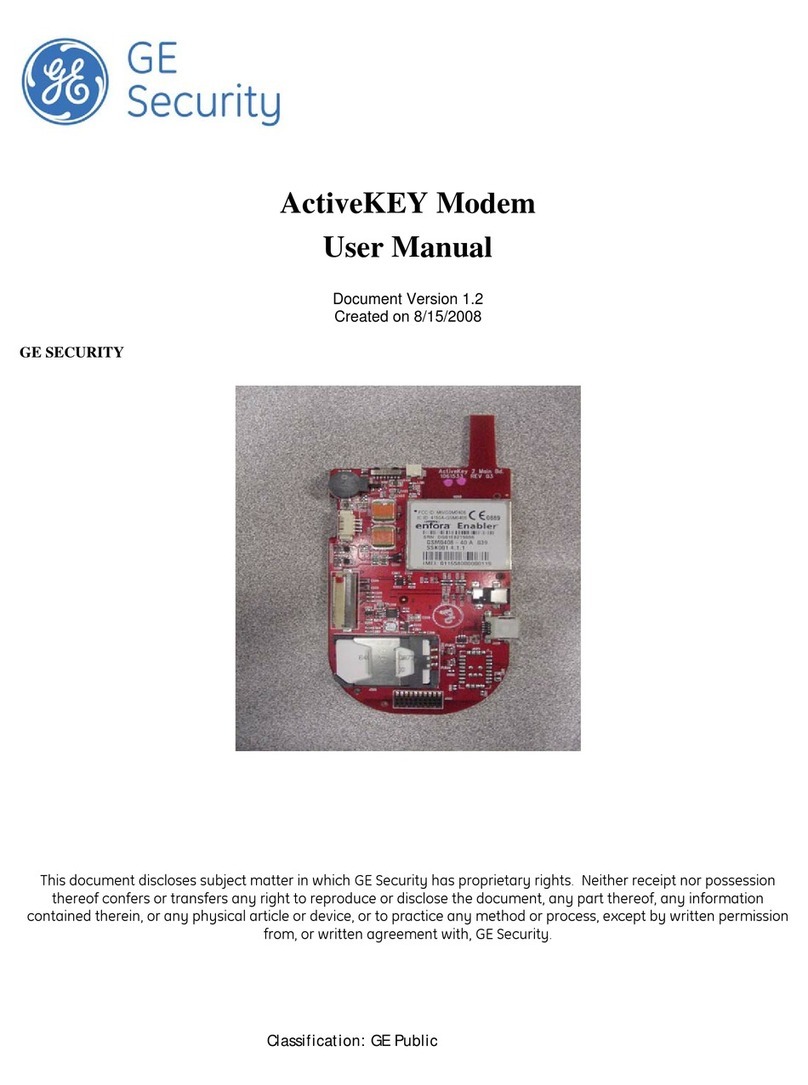9
CHAPTER 2: Introduction
2. Introduction
2.1 Overview
The 19.2-kbps RS-232 Long-Haul Modem (LHM-19.2) is a medium-range, 4-wire
voice-band modem operating at data rates up to 19,200 bps. It is optimized for
metropolitan applications where the distance is too long for short-range modems,
but insufficient to justify the expense of long-range modems.
The LHM-19.2 operates in full duplex. You can attach pairs of LHM-19.2s to
conditioned or unconditioned 4-wire leased or private lines. They will be able to
communicate at selectable data rates up to 19,200 bps, as far as 41 miles (65 km)
over unconditioned lines (depending on the data rate and line quality), or as far as
62 miles (100 km) over conditioned lines (depending on the line quality only).
The LHM-19.2 uses an adaptive equalizer and 16-state 8-dimensional Trellis-
coded modulation to achieve as close to error-free communication as possible. The
LHM-19.2’s transmit level is selectable in 3-dBm increments, over the range of 0 to
–12 dBm. The modems are coupled to the attached 4-wire line through isolation
transformers which, together with other circuitry, protect against AC or DC
overvoltages.
Communication between LHM-19.2 pairs over the 4-wire link is always
synchronous. Each LHM-19.2 can derive the transmit clock internally, externally
(from the attached DTE), or by recovering it from the signal received from the
other modem. (Receive clock is regenerated from the data.) Communication with
the attached DTE can be either synchronous or asynchronous; when it’s
asynchronous, the LHM-19.2 performs V.14-compliant async-to-sync conversion.
For diagnostics, the LHM-19.2 performs continuous line tests. It indicates line
quality with the SQ LED and (optionally) the RS-232 SQD signal: The LED stays ON
and the signal stays high if quality is good, but if the bit error rate ever rises above
1x10
-3, the LED and signal flicker for intermittent errors or dim or even go
dead
for continuous errors. The LHM-19.2 can also perform V.54 testing, including
local
analog loopback and local and remote digital loopback. These tests can be controlled
with the LHM-19.2’s front-panel pushbuttons or by toggling the RS-232 LL and RL
signals on Pins 18 and 21 of its DTE interface. Finally, the LHM-19.2 supports an
internal pseudo-random V.52 Bit Error Rate Test pattern; it shows results with the
SQ LED and SQD signal the same way it does for the line-quality tests.
On the next page, Figure 2-1 shows a standard dual-modem application, and
Figure 2-2 shows a tail-circuit application using four modems.




















